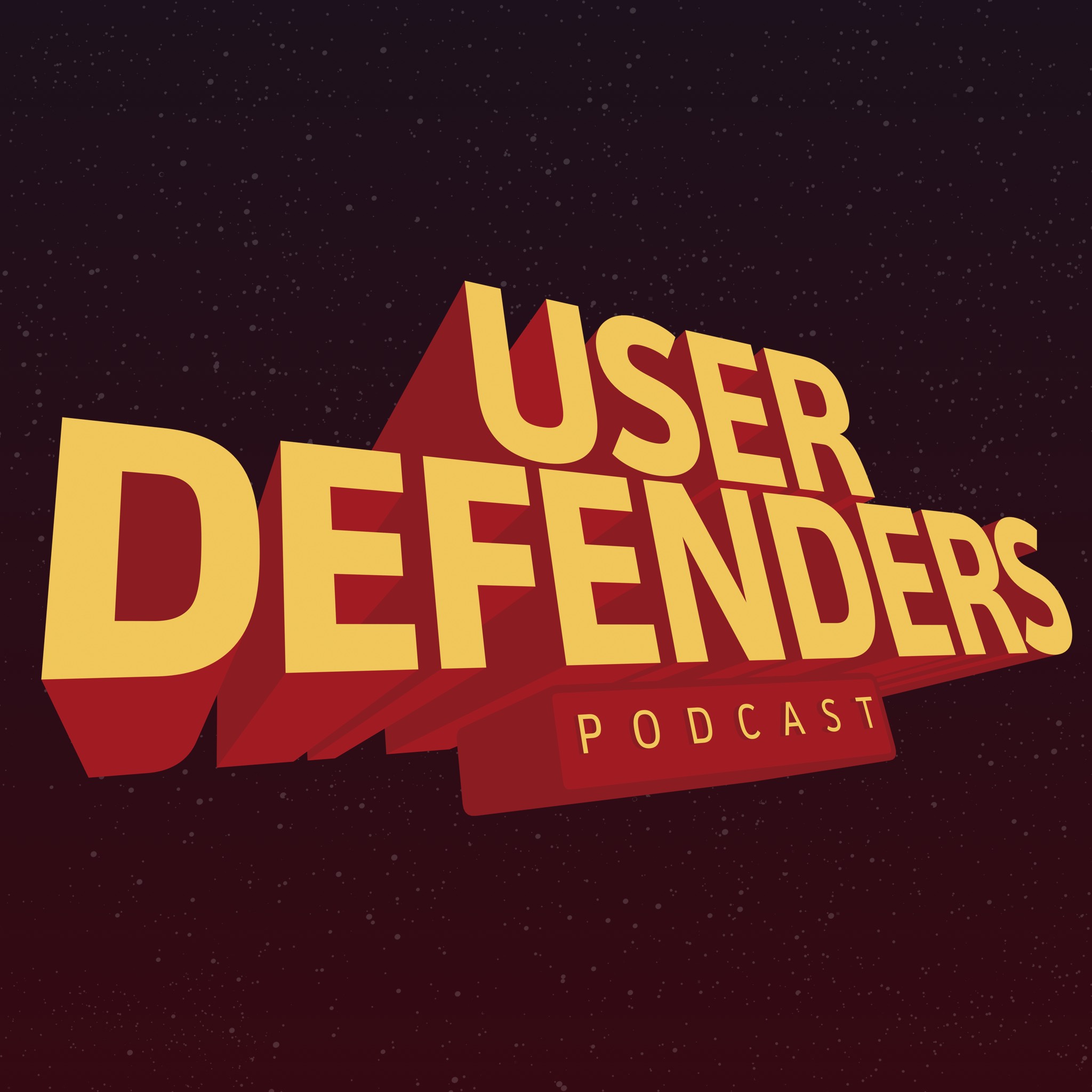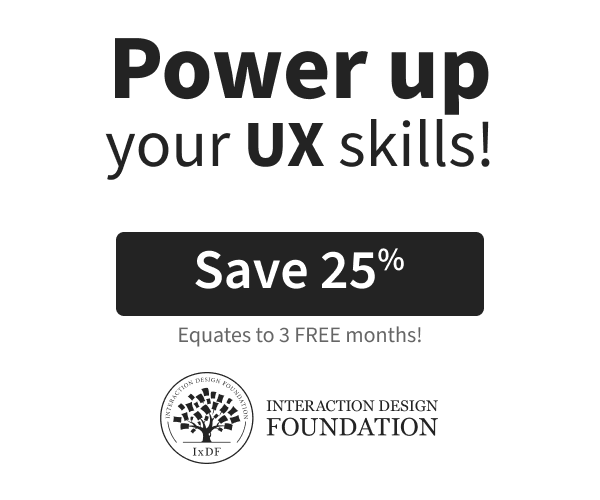


Aarron Walter inspires us to always try and see the big picture. He challenges us to produce more grounded work by getting outside our bubbles, and feeling a bit more pain. He shows us how storytelling is central to the human experience and transcends our medium. He also inspires us to maintain plenty of inputs in order to craft more interesting experiences for our users.
Aarron Walter (The Falcon) is the VP of Design Education at InVision. Prior to this he founded the UX practice at MailChimp (along many other accomplishments too numerable to mention here). He’s the author of A Book Apart published Designing for Emotion. He’s a frequent speaker at conferences around the world, and his design guidance has helped the White House, the US Department of State, along with dozens of startups and venture capitalists. He’s run with the bulls in Pamplona, met 3 presidents, been blessed by the Pope, and bungee jumped off a 10 story crane. Eat your heart out most interesting man in the world.
- Secret Identity (2:34)
- Origin Story (4:47)
- How Important Is Storytelling To Our Work? (9:49)
- Has Film Influenced You As A Designer? (13:08)
- Biggest Superhero (19:45)
- Second Career Choice (22:37)
- Biggest Failure (25:38)
- Awkward Testing Story (33:44)
- Design Superpower (39:29)
- Design Kryptonite (40:58)
- Design Superhero Name (43:50)
- Fight For Users (44:28)
- Future Of UX Design (46:39)
- Habit Of Success (51:45)
- Invincible Resource (53:02)
- Book Recommendation (55:25)
- Best Advice (57:35)
- Most Excited About (58:16)
- Contact Info (1:00:16)
SUPERPOWER OF SUPPORT
Here’s your chance to use your superpower of support. Don’t rely on telepathy alone! If you’re enjoying the show, would you take two minutes and leave a rating and review? I’d also be willing to remove my cloak of invisibility from your inbox if you’d subscribe to the Bi-Weekly Bugle for superguest announcements and my Usable Thoughts.
LINKS
Aarron’s Twitter
Aarron’s Website
[ARTICLE] When Design Becomes A Black Box
[ARTICLE] 7 Problems Growing Design Teams Face
[RESOURCE] Writing. It’s a tool for thinking.
[BOOK] Make Space: How to Set the Stage for Creative Collaboration
[BOOK] Sprint: How to Solve Big Problems and Test New Ideas in Just Five Days
As mentioned on the show, you can download Sprint for free and help User Defenders when you try Audible. If you decide to cancel, you still get to keep the book!
SUBSCRIBE TO AUTOMATICALLY RECEIVE NEW EPISODES
Apple Podcasts | Spotify | Pandora | Amazon Music | RSS Feed
USE YOUR SUPERPOWER OF SUPPORT
Here’s your chance to use your superpower of support. Don’t rely on telepathy alone! If you’re enjoying the show, would you take two minutes and leave a rating and review on Apple Podcasts? I’d also be willing to remove my cloak of invisibility from your inbox if you’d subscribe to the newsletter for superguest announcements and more, occasionally.
SUPER-CRED
Artwork by Cesar Lemus | Editing by Chris Combs | Music by Wyman Gentry
AWKWARD TESTING STORY
I don’t really have a good story of awkward, but I can tell you a story about a time I felt really uncomfortable. So we would do these interviews, we called them “switch interviews”. Essentially, this is part of the jobs to be done methodology where you want to understand people’s motivations and what shapes their behavior. You talk to people who just bought, or just left your product. We were interviewing a customer who just left MailChimp and she was telling us a story as to why. We try to frame it like a documentary—we ask them where they were and what time of day it was. We try to put ourselves into the place where the decision was made because that really gives us the context to understand the situation and the behavior very clearly. So asking a bunch of questions. She was at her shop, she was there at around 8:30 at night, and she was trying to design an email. It wasn’t going so well. She couldn’t figure out how to do it, she kept trying to format a specific piece of text, trying to make a column, and it just would not apply the formatting that she wanted. She hadn’t had dinner, her family was at home waiting for her. It was just getting later and later. She was so tired and she wanted to go home. She saw an ad for our competitor, and some sort of banner ad embedded in a piece of software she was using. She clicked on that because she was so frustrated with MailChimp. She went over to our competitor, and tried to sign up and it failed. So she called them and said, “I want to sign up.” They said, “Okay, and we’ll design your email template for you. And it’ll be this monthly fee which is like 10x more than what we cost. And designing your template will cost X hundreds of dollars. With us she was paying like 15 bucks a month or something, So it was like a crazy jump in price. So the person she was talking to, hung up on her. She called back again and got a different person. They signed her up, but she couldn’t login. She went back-and-forth with these people. She finally got to a point where she got a person on the phone again, and it was like the fourth call where she was trying to switch and she told them, “Just take my effing money!” She just had this intense rage and anger. Turns out she had some bad code in this template, Maybe there was some things we could’ve done, but it was a bit out of our control. Man, I just felt her pain. I felt so awkward having this conversation with her when she felt so angry, but I think it’s good to hear that sort of thing, because it helps you. It definitely lit a fire under me to where I’m like, what can I do to make this product experience better? That’s important.
DESIGN SUPERPOWER
I think my design superpower relates to seeing the big picture. Kind of a broader vision of what could be. That was always my role at MailChimp…looking down the road. Understanding what our customers are doing, and being able to read between the lines instead of asking customers what they want. Listening to what they’re doing, understanding their business and seeing a future where we can make for products that solve a problem for them that they can’t even see just yet. It’s always been about seeing what’s coming next. That skill of being able to see the big picture is a critical thinking skill that I think I got from painting. And that’s about connecting the disconnected and seeing what could be possible. The research is sort of the fodder that informs that.
DESIGN KRYPTONITE
I can’t say that I love getting into every single minute detail in design. I love working with people who are obsessed with the details, and I am an appreciator of sweating the details, But man for me to I want to look through the telescope, not the microscope.
SUPERHERO NAME
The Falcon
HOW DO YOU FIGHT FOR YOUR USERS?
Just by paying attention. Just by listening and observing and being curious. I think that that’s so important. I’ve always been a fan of learning from our customers. Part of it is listening to what they’re struggling with, which as I said earlier it’s it’s really uncomfortable a lot of times especially with usability testing—when someone leaves and tells you why they left. But also fighting for the user by understanding the broader trends in the market, and culture, and how technology and culture intersect. Trying to create a vision for a better future that we could shape by making new tools. That’s something that we always did at MailChimp. We had the luxury of having a research team that had a generous budget and a lot of time to really learn from customers. Often times we would find ideas for the next product by just getting to hang out and do ethnographic studies with our customers. We’d go to their businesses, Hang out with them and watch them work. We’d see the hardware they are using, see the constraints of the space, see how they’re interrupted. See how they learn about new things. Start to kind of absorb the value system of their culture. As you do that over and over again, you start to see patterns in behavior, and patterns in problems. When you can see those problems, you start to realize how you can make a new product that can solve those problems for them.
FUTURE OF UX
I will say it seems really complex. It’s getting ever more complex. I would say that the future of UX is it’s getting faster—lower friction with tools tailored to our needs. I think that it’s cross-device focused. I think that it’s really rich with lots of different types of media and motion. Things start to feel alive and a lot less static. I’m not a huge fan of fetishizing our tools, but I think we’re at an inflection point right now with our tools. It is a very important thing to recognize. We are reducing friction over and over again to realizing ideas. So there’s just less time and effort required from idea to high-fidelity prototype that just feels so real you can’t tell that it’s fake. That’s a big deal because it makes it possible for us to learn faster. It means the types of experiences we’re going to be able to create will be ever more sophisticated. We’re going to be able to see the possibilities of the work more easily. If we’re able to come up with a product idea and prototype that in the same morning perhaps (which is totally feasible now), and the prototype we’re producing has animation built in and multiple pathways—you can enter content into a form, the thing feels real. You can scroll, pop-out and so forth. If we can start a prototype with motion and we can have more sophisticated motion that mimics physical objects in the real world.
Basically, we just continue to bend technology back towards us instead of we bend towards technology which is what we’ve been doing historically. The idea of a mouse is such a hack to teach humans how to interact with a computer versus a touchscreen device where the technology bends towards us where we have the pointers built-in, we don’t need an external device to hack that for us. It’s just natural for us to interact with it with our body parts doing what humans do. So I just see that continually coming back to us. I’m interested in what happens with language with things like Alexa and we’ll be able to input more effortlessly.
We have a long ways to go from where I stand, we still have a lot to figure out there. Our software is going to be more ubiquitous, it’s just in everything. It helps us expedite things, it helps us quantify things, it helps us reduce the friction of life.
HABIT OF SUCCESS
I make sure that I have plenty of inputs. I think that’s a really important thing, and choosing where we get inputs is important. I think that a lot of times especially in the web design world, people look for inspiration from inside of the medium, and that creates a bit of an echo chamber. I try to take inspiration from a lot of different types of places. I mentioned architecture earlier, literature, lots of different types of news and podcasts. The world’s a big place. History is vast. I feel like there’s so much more that we can learn, and so much more we can do to enhance our medium and craft by looking beyond just inspiration from the web.
BEST ADVICE
Stay humble. I just see super-talented young designers who can get so confident and cocky in their work that they can no longer learn. Staying humble is going to help you collaborate with other people, and help you learn from other people. It’s going to keep you trying new things.

